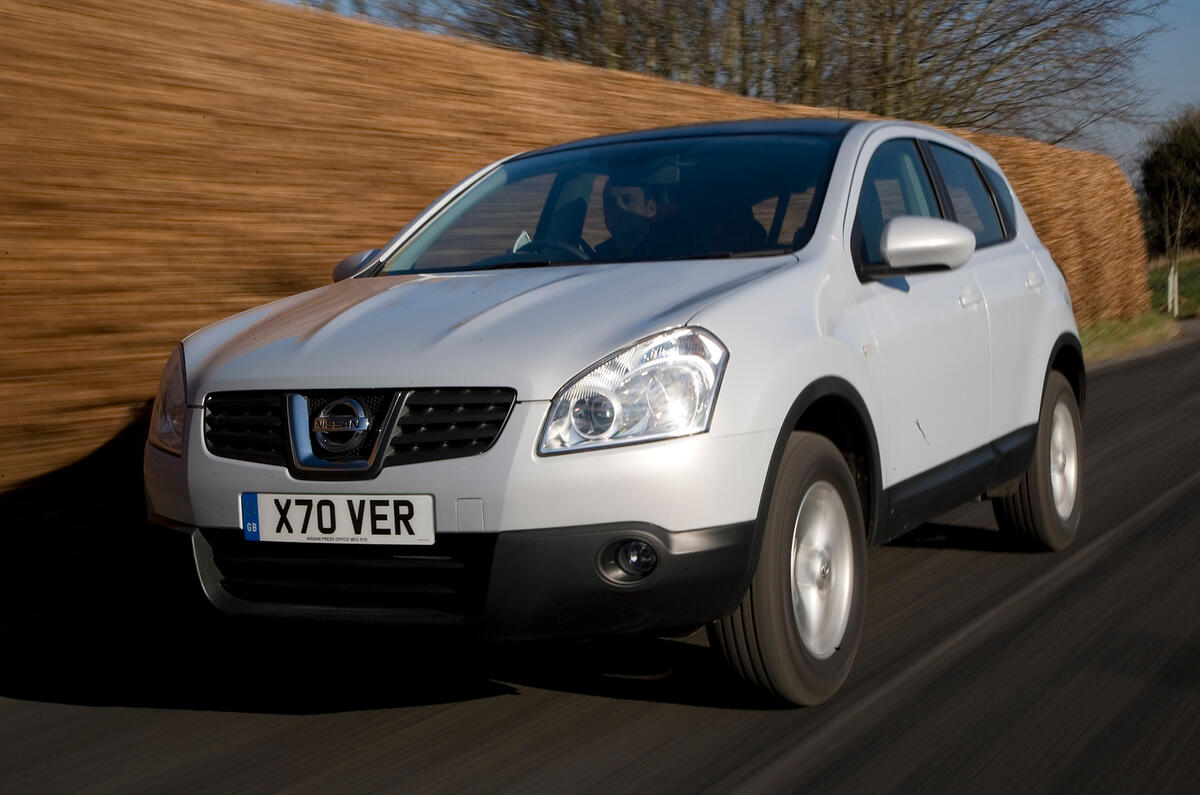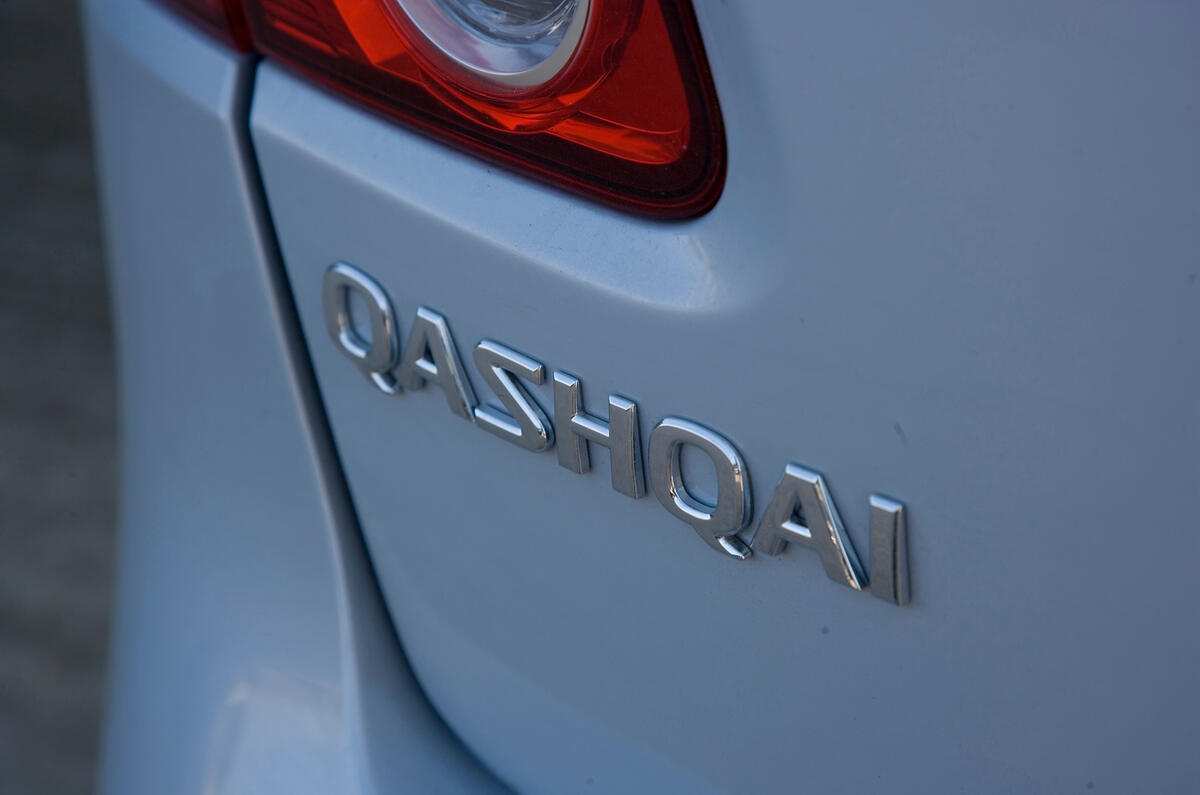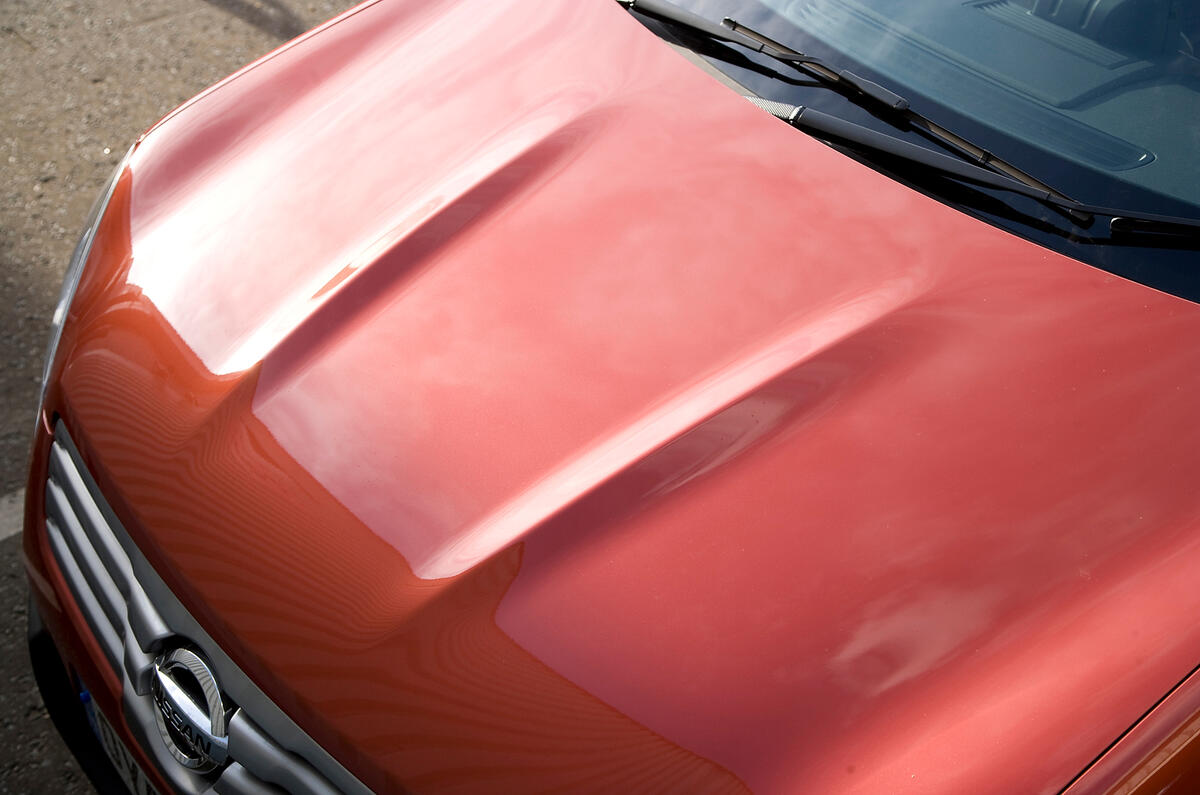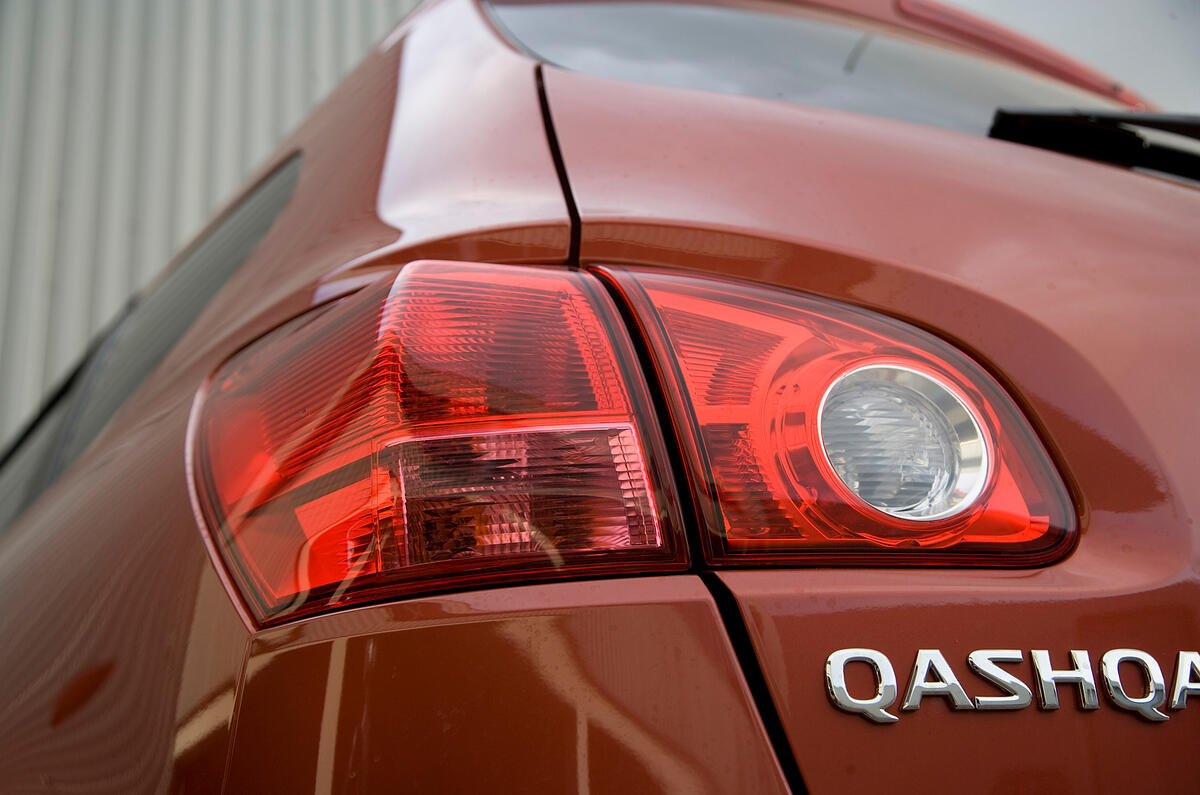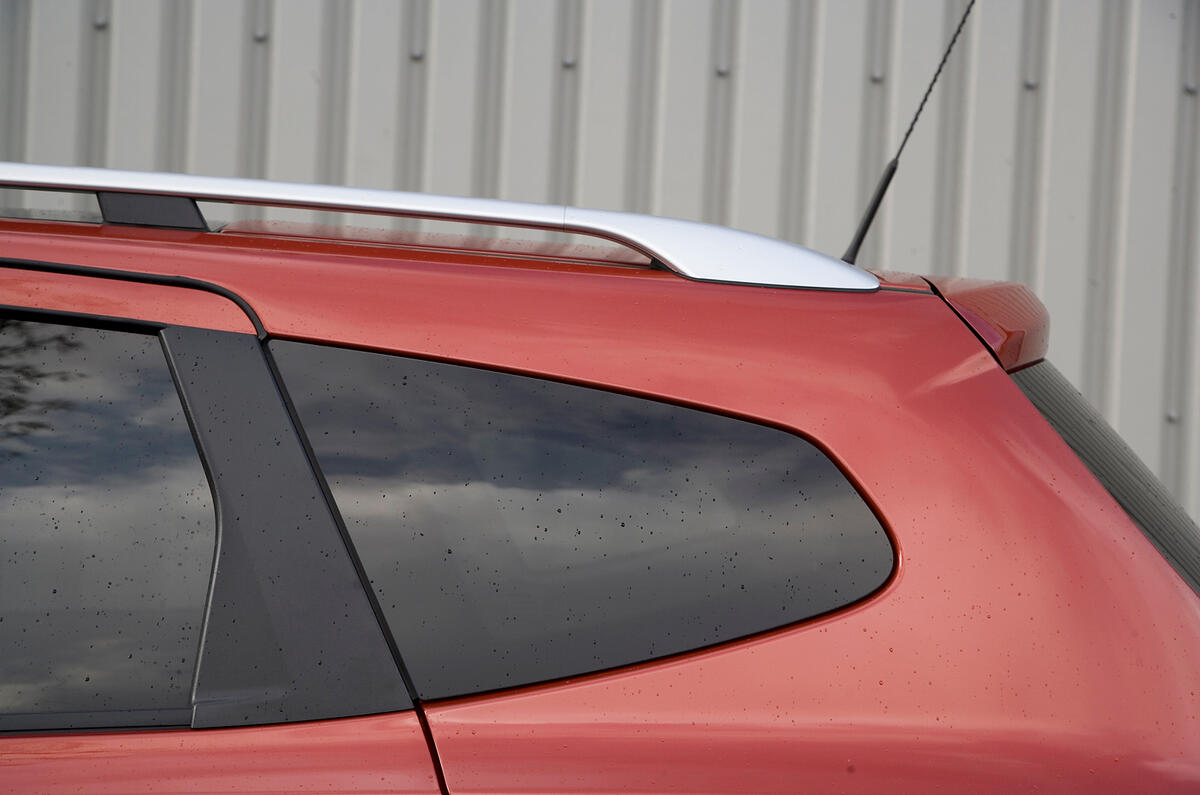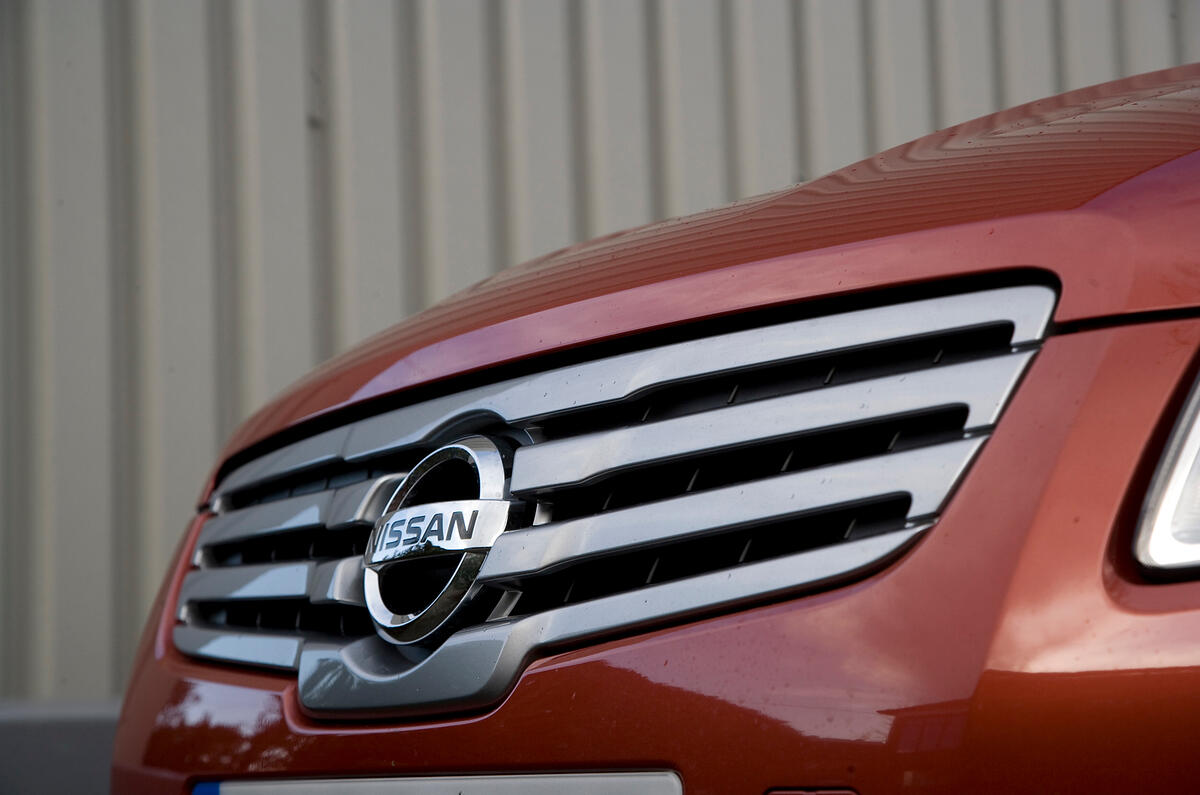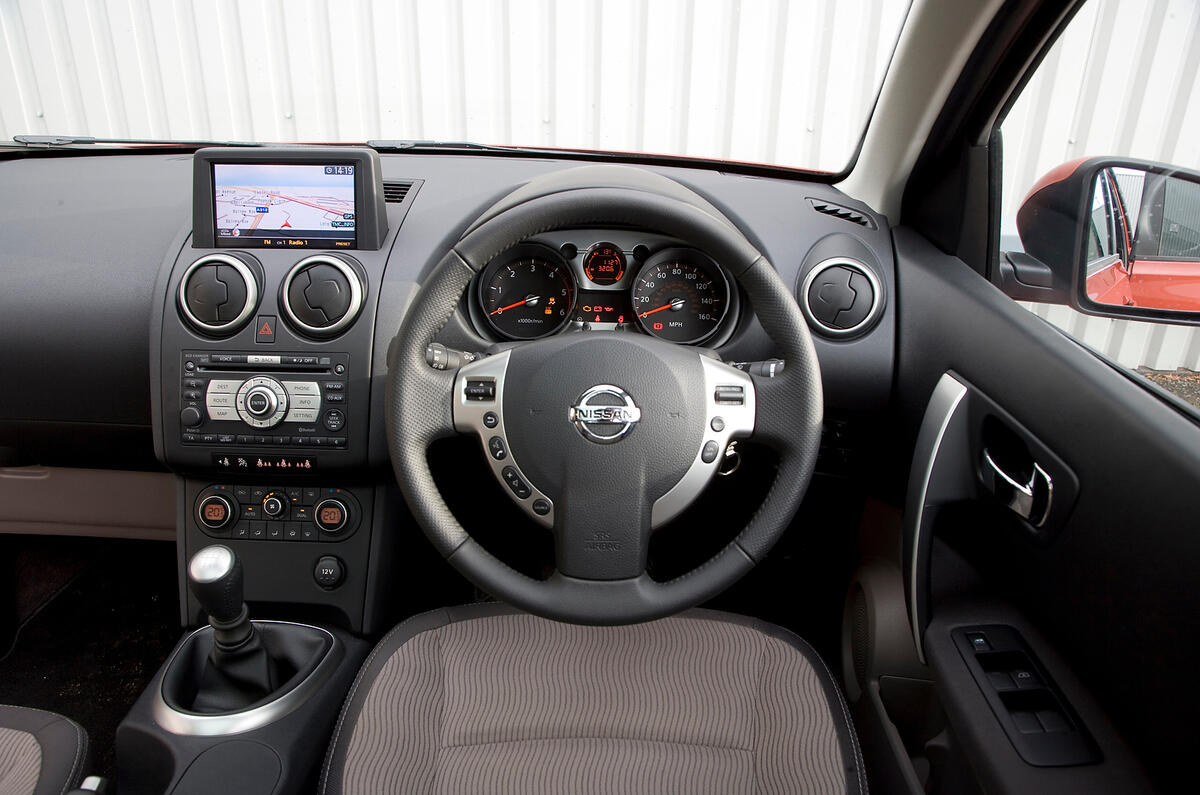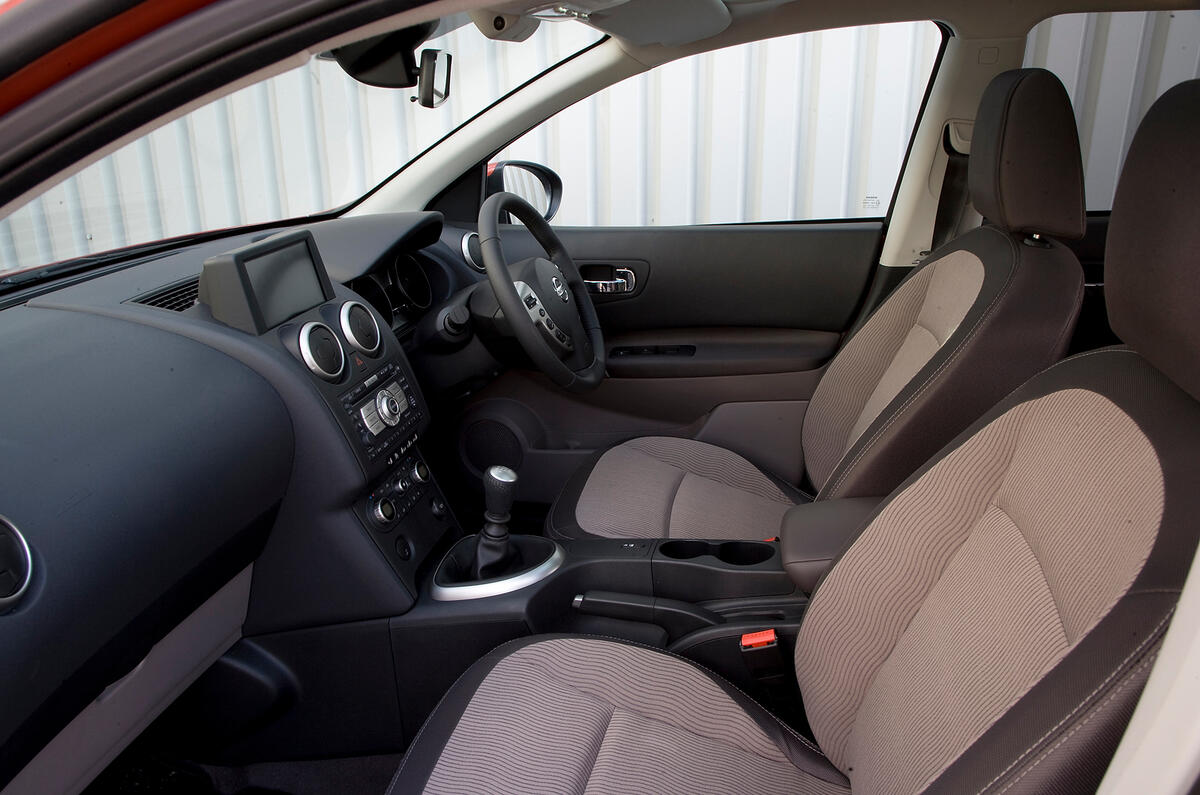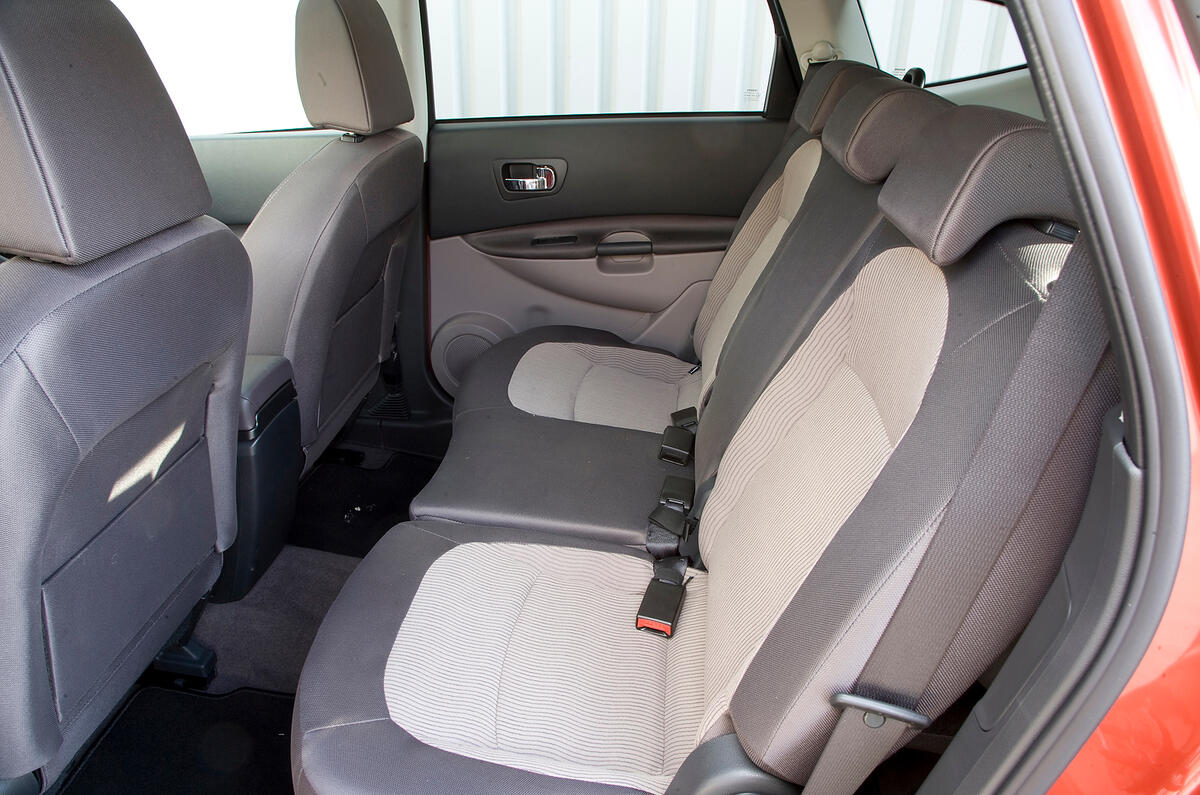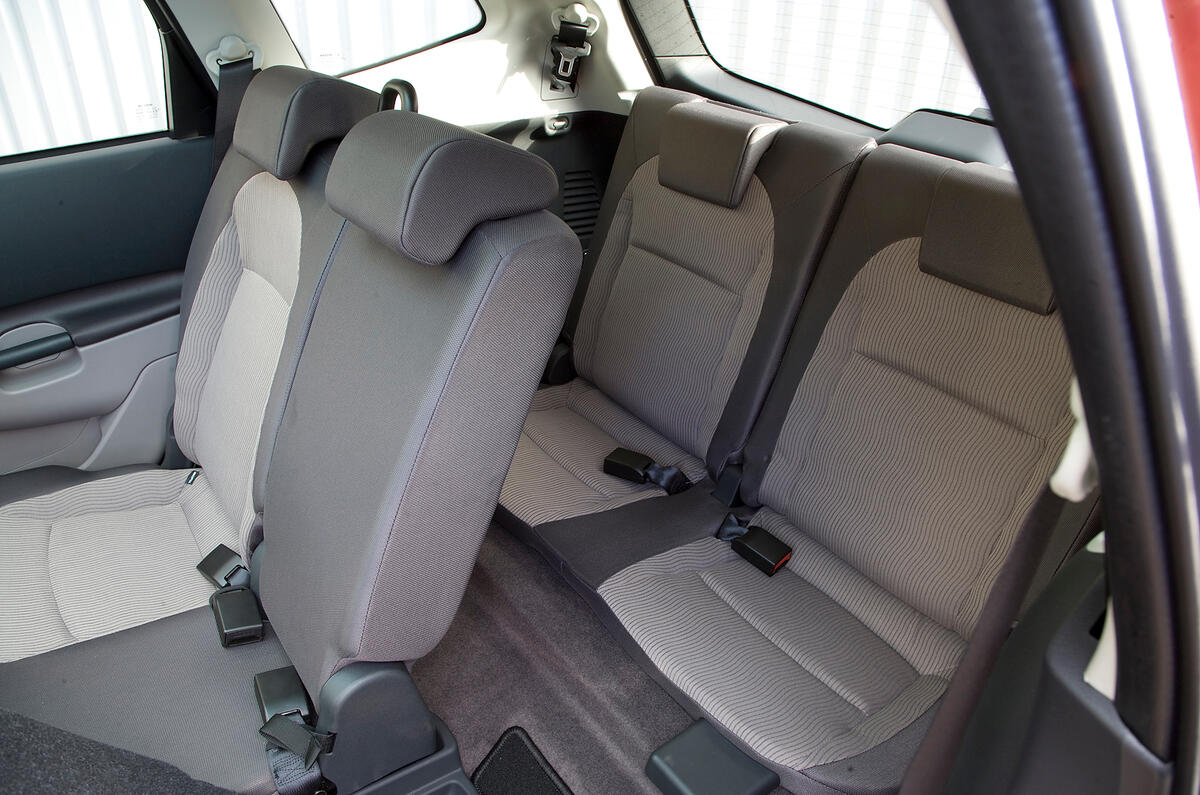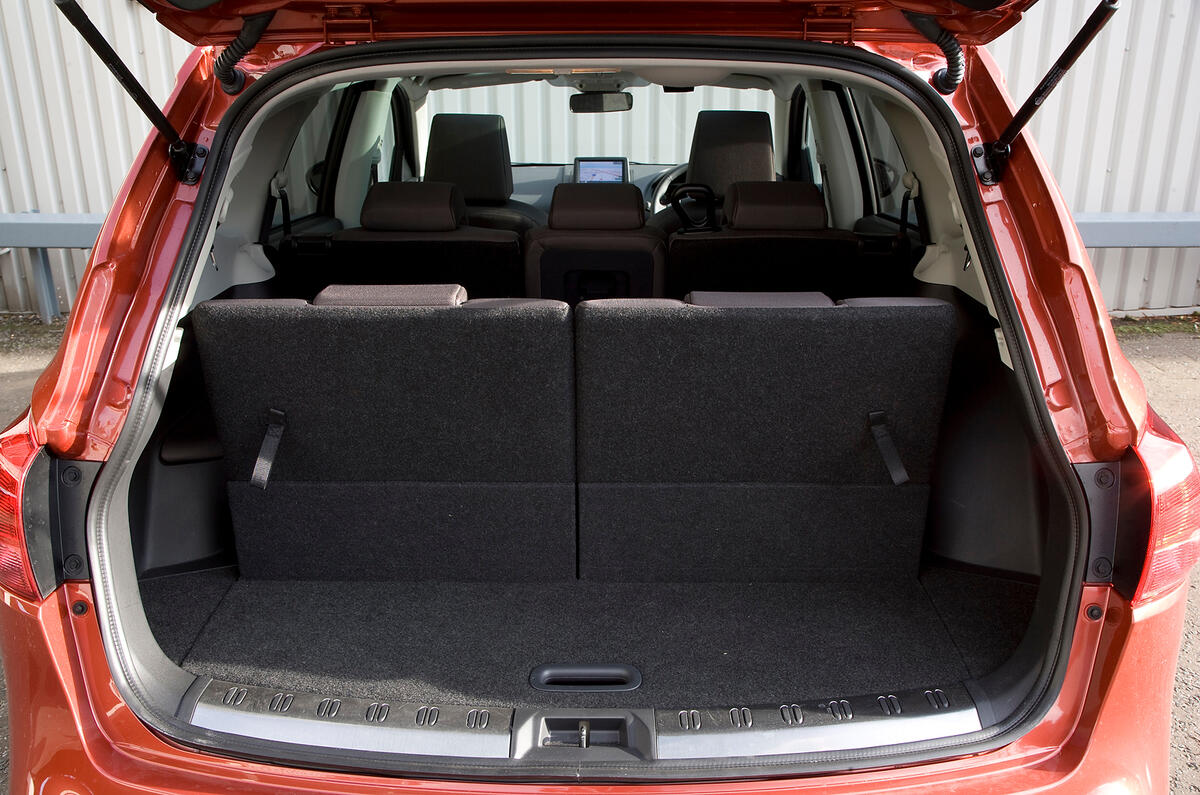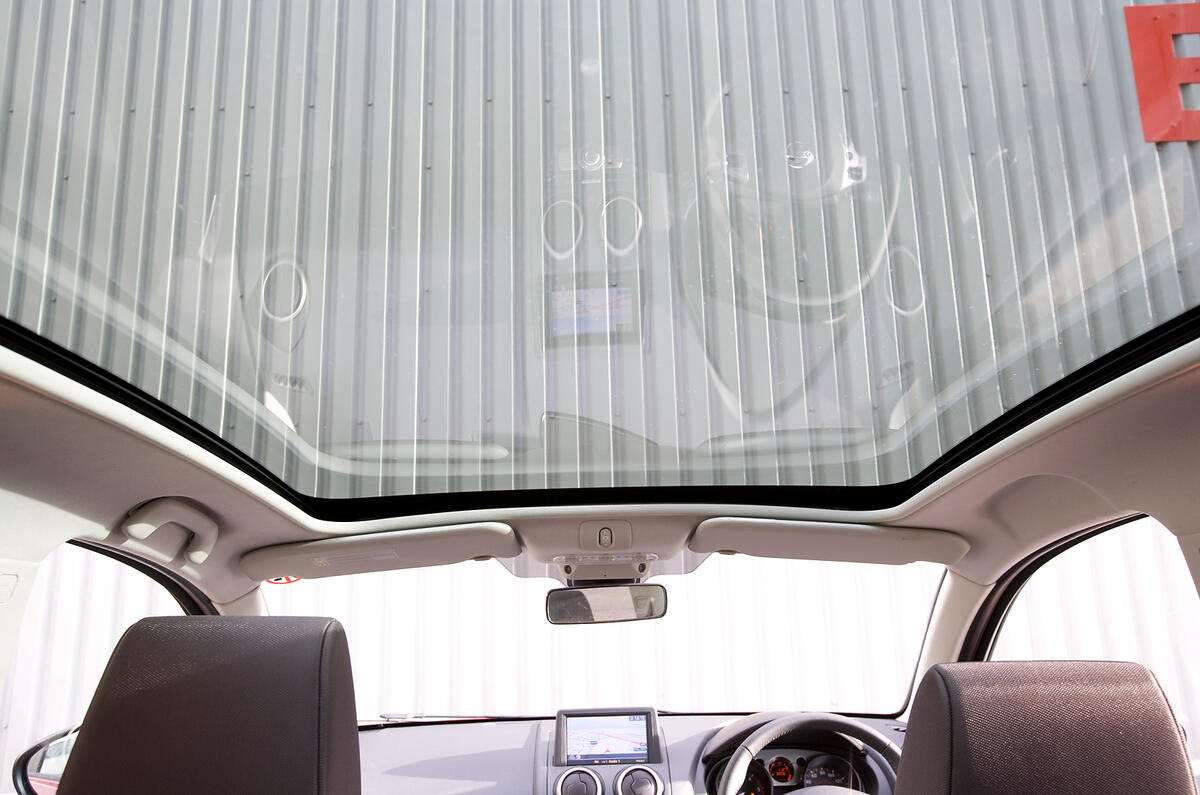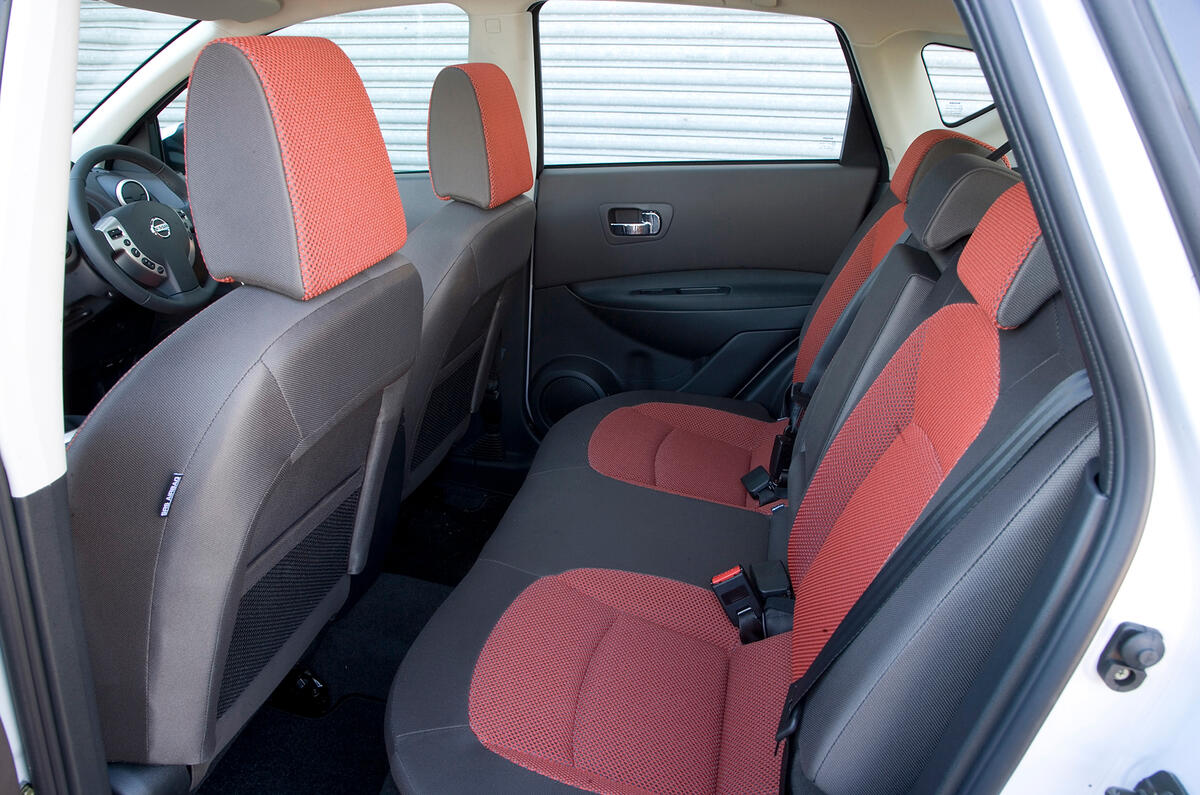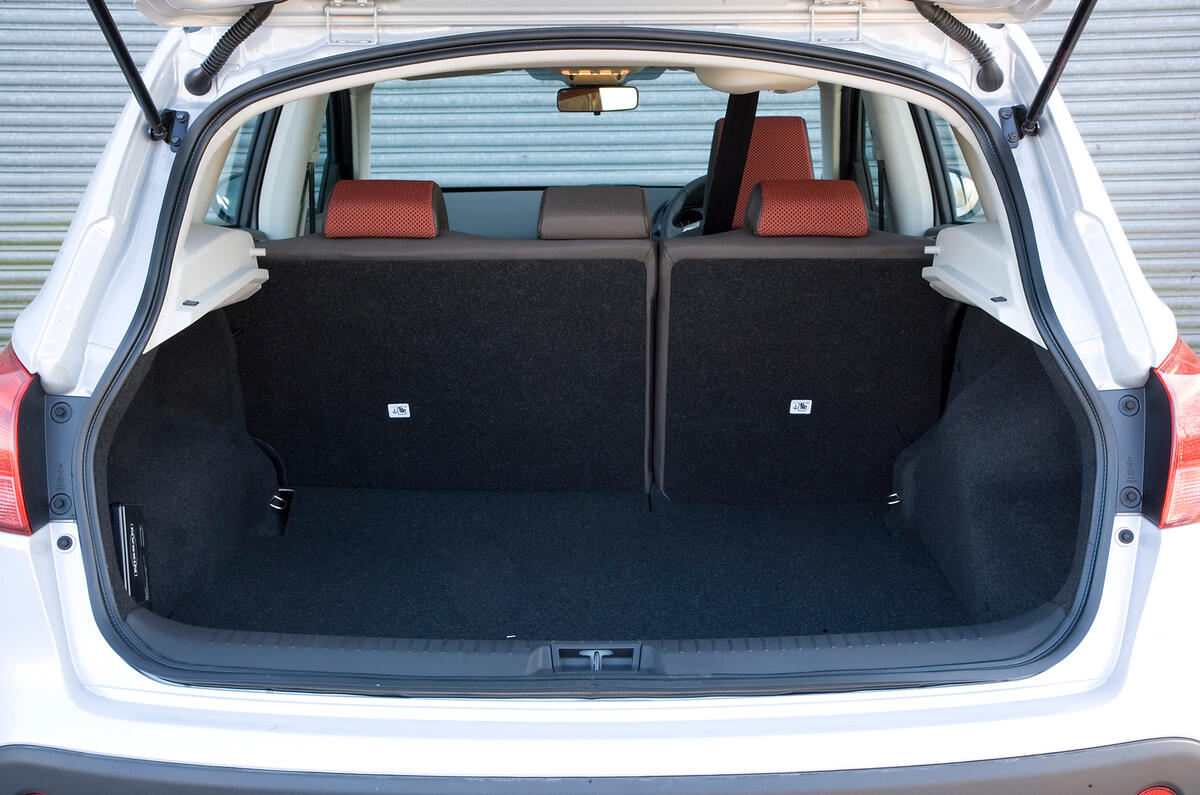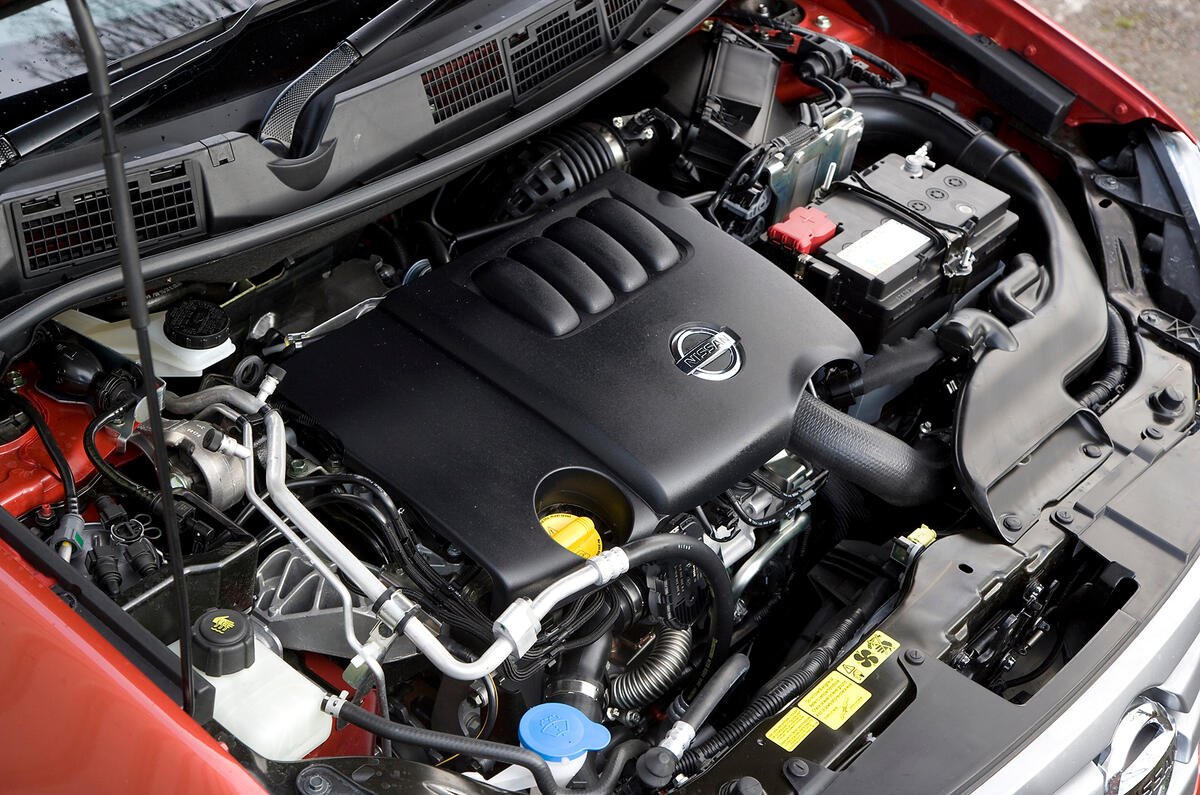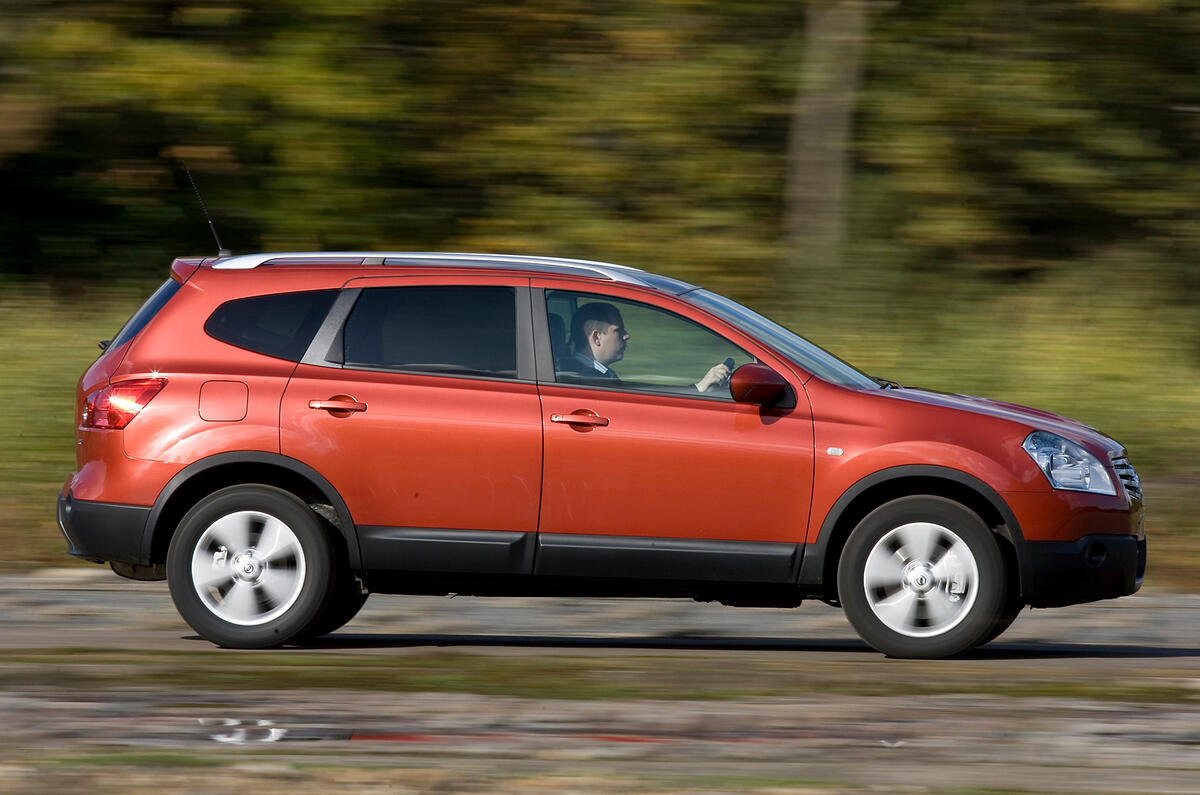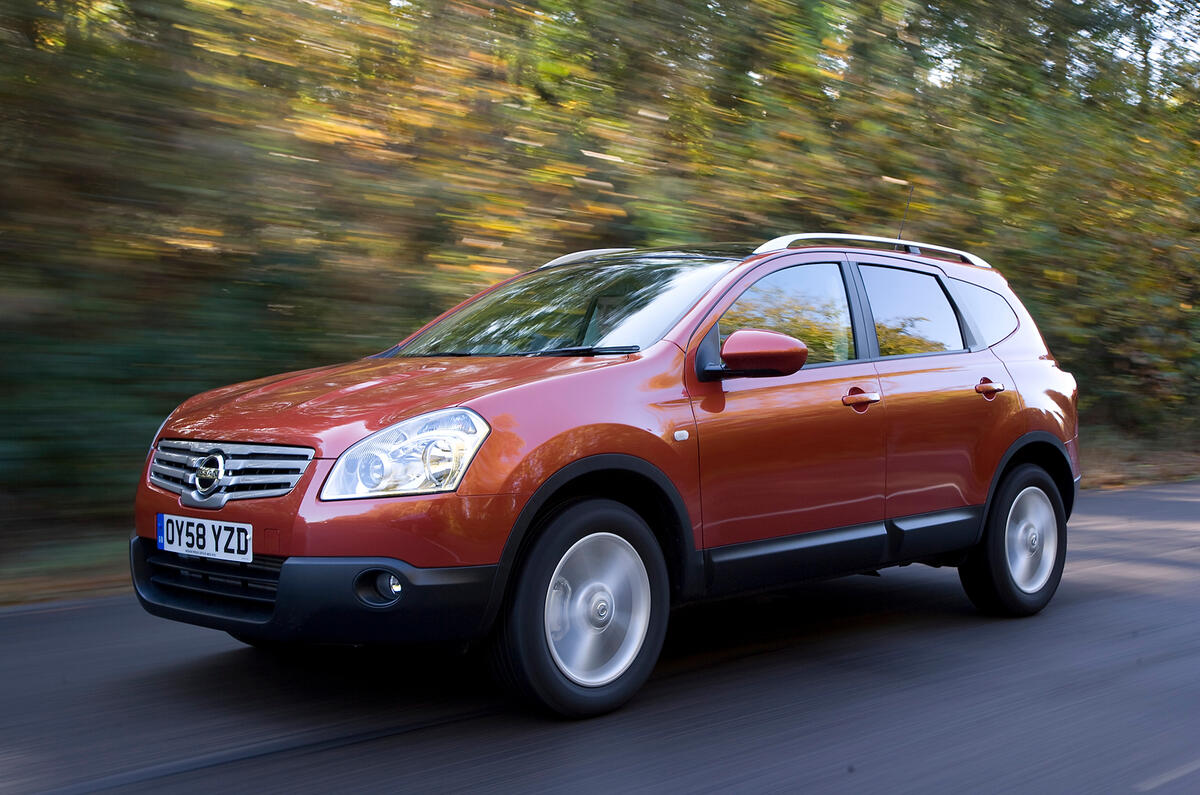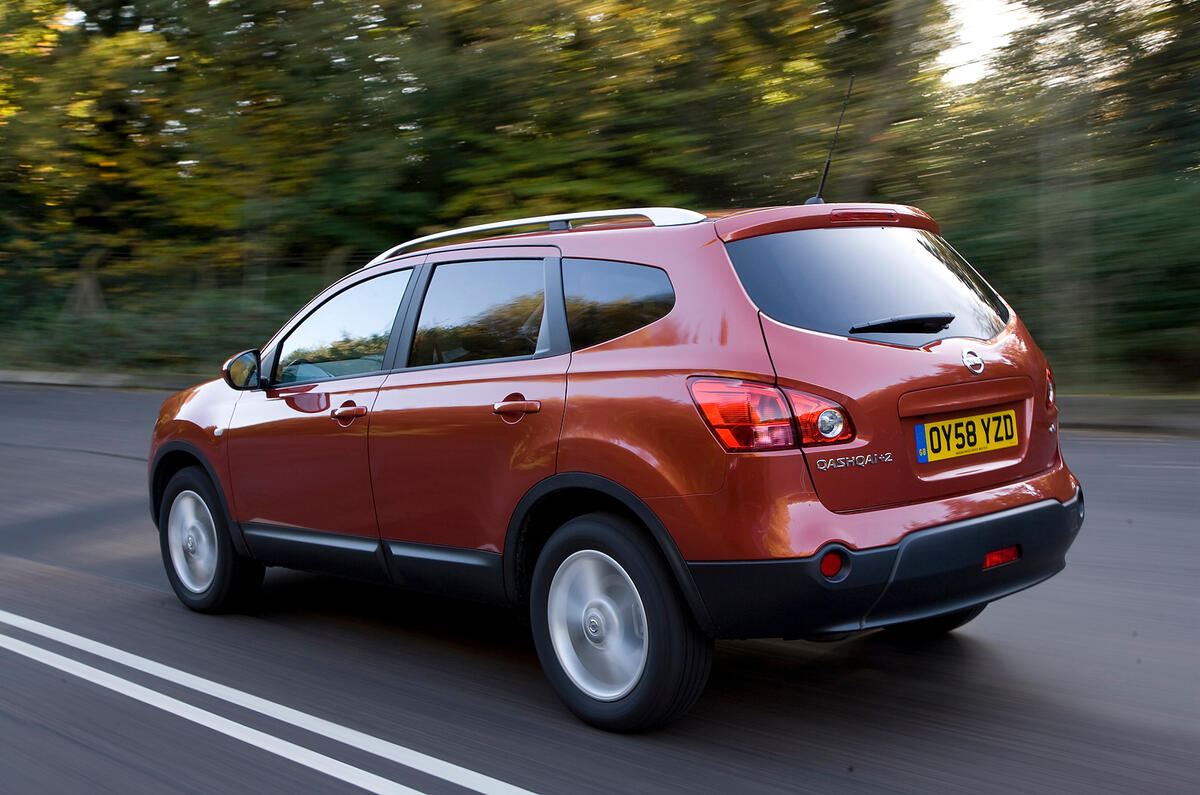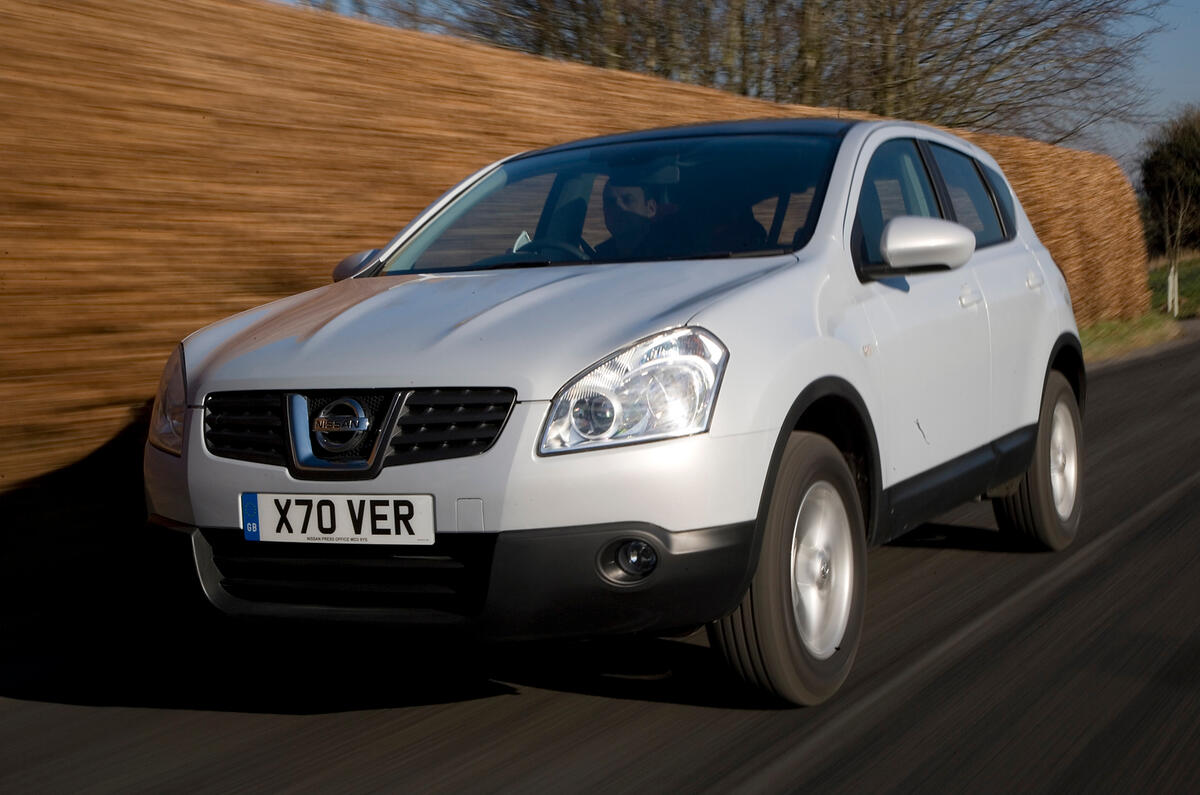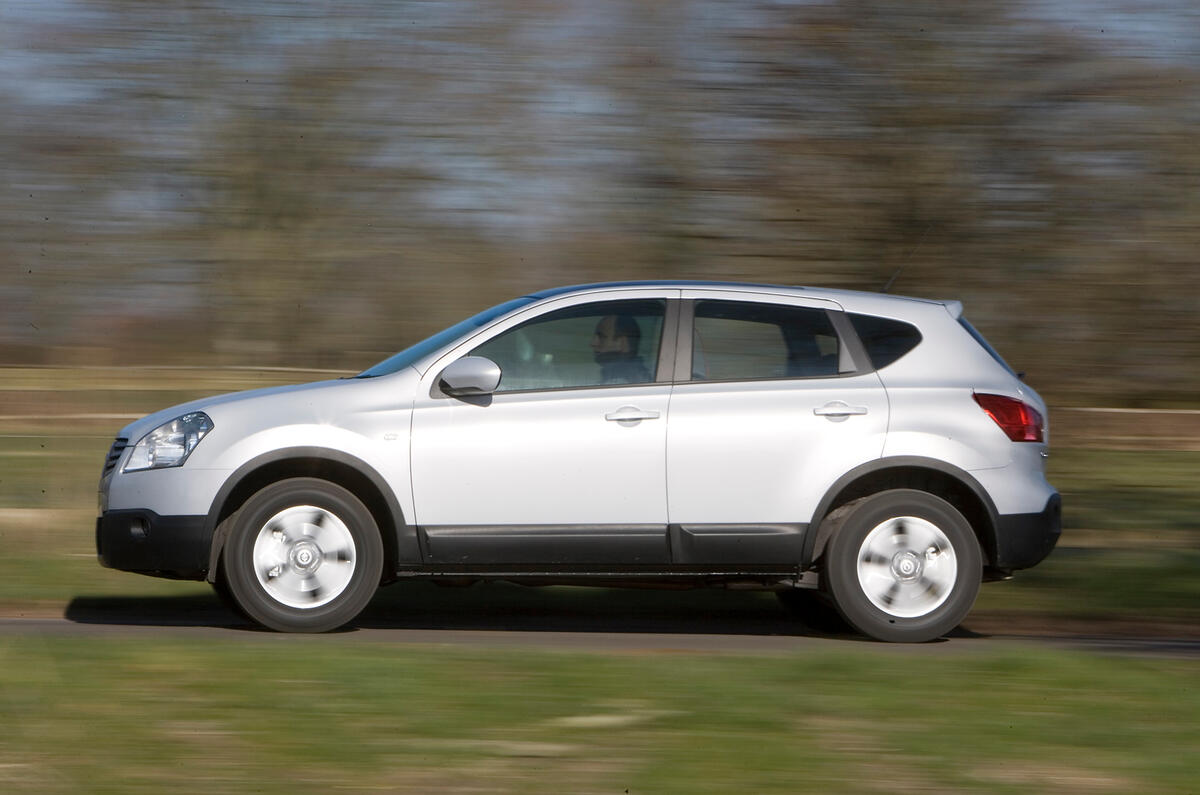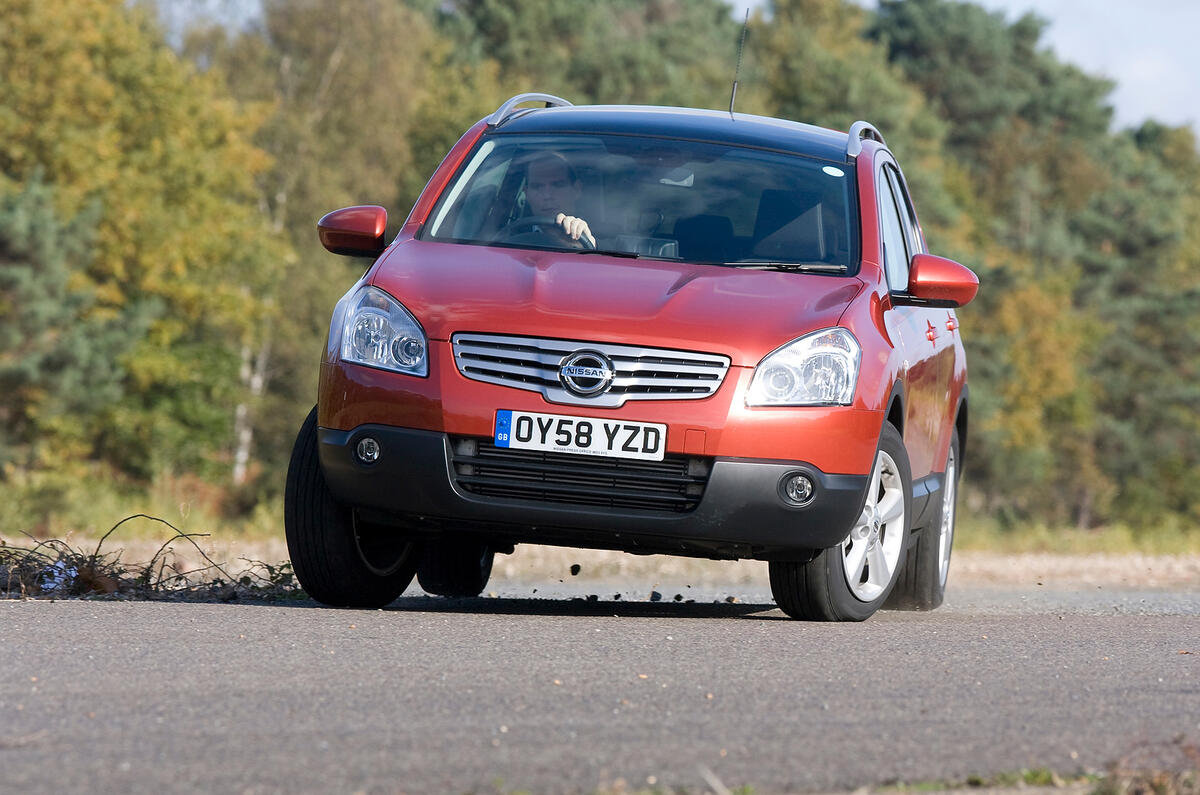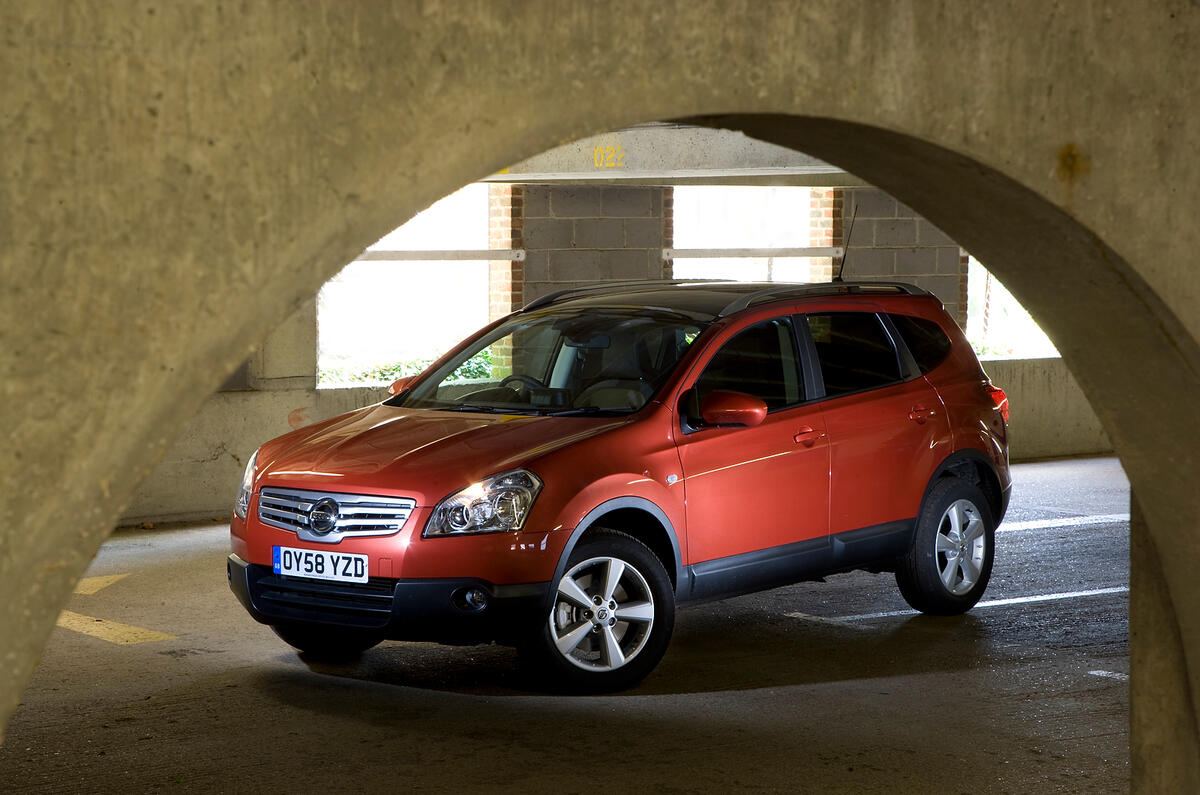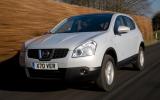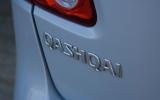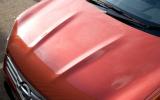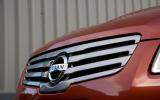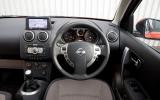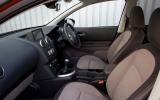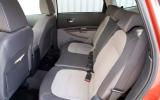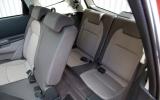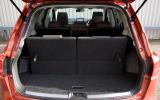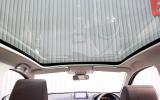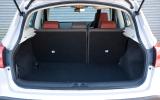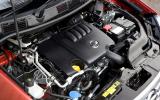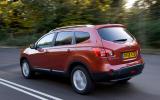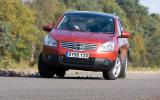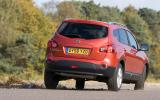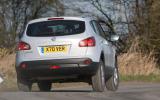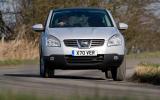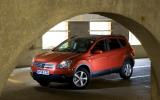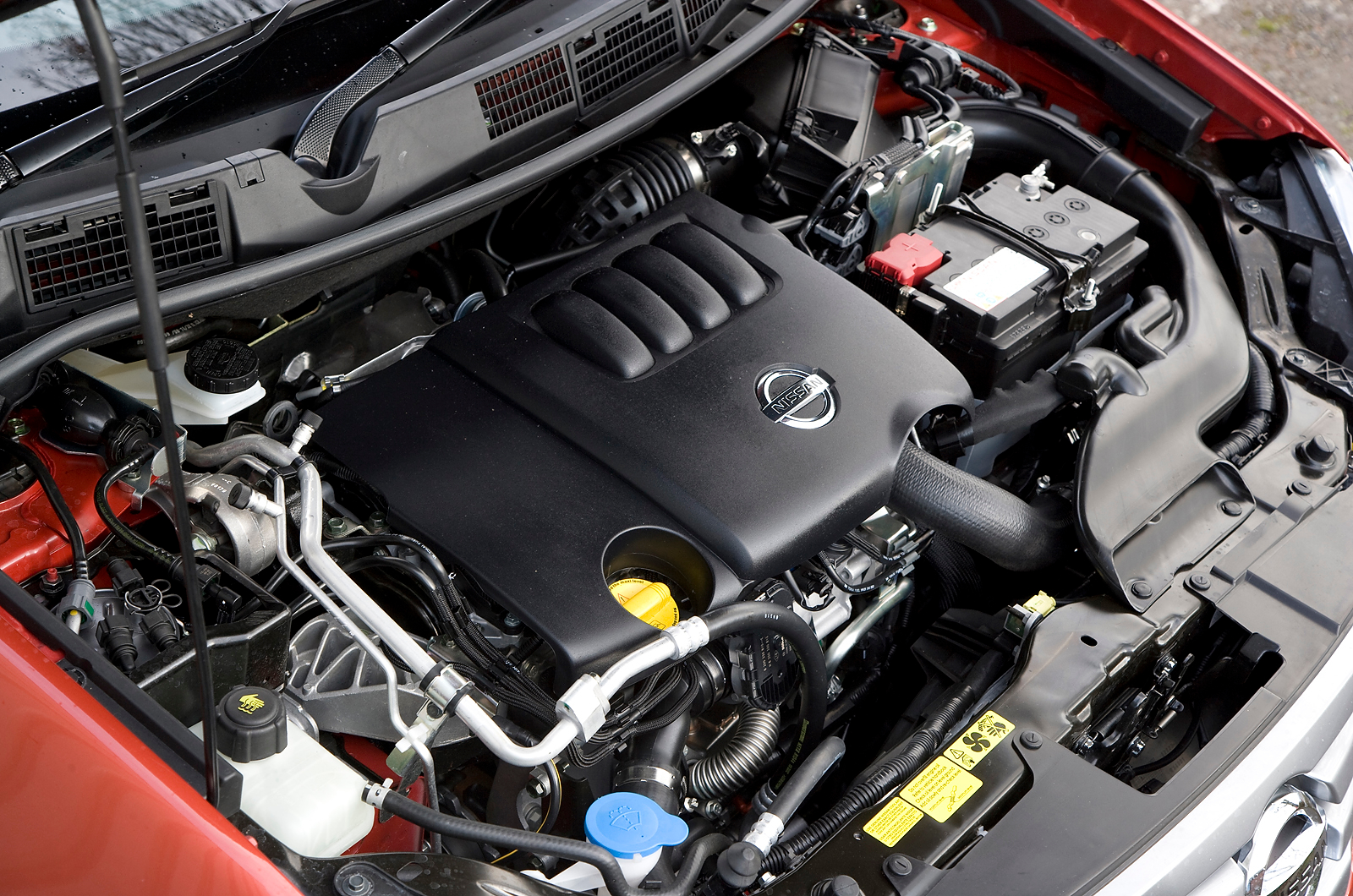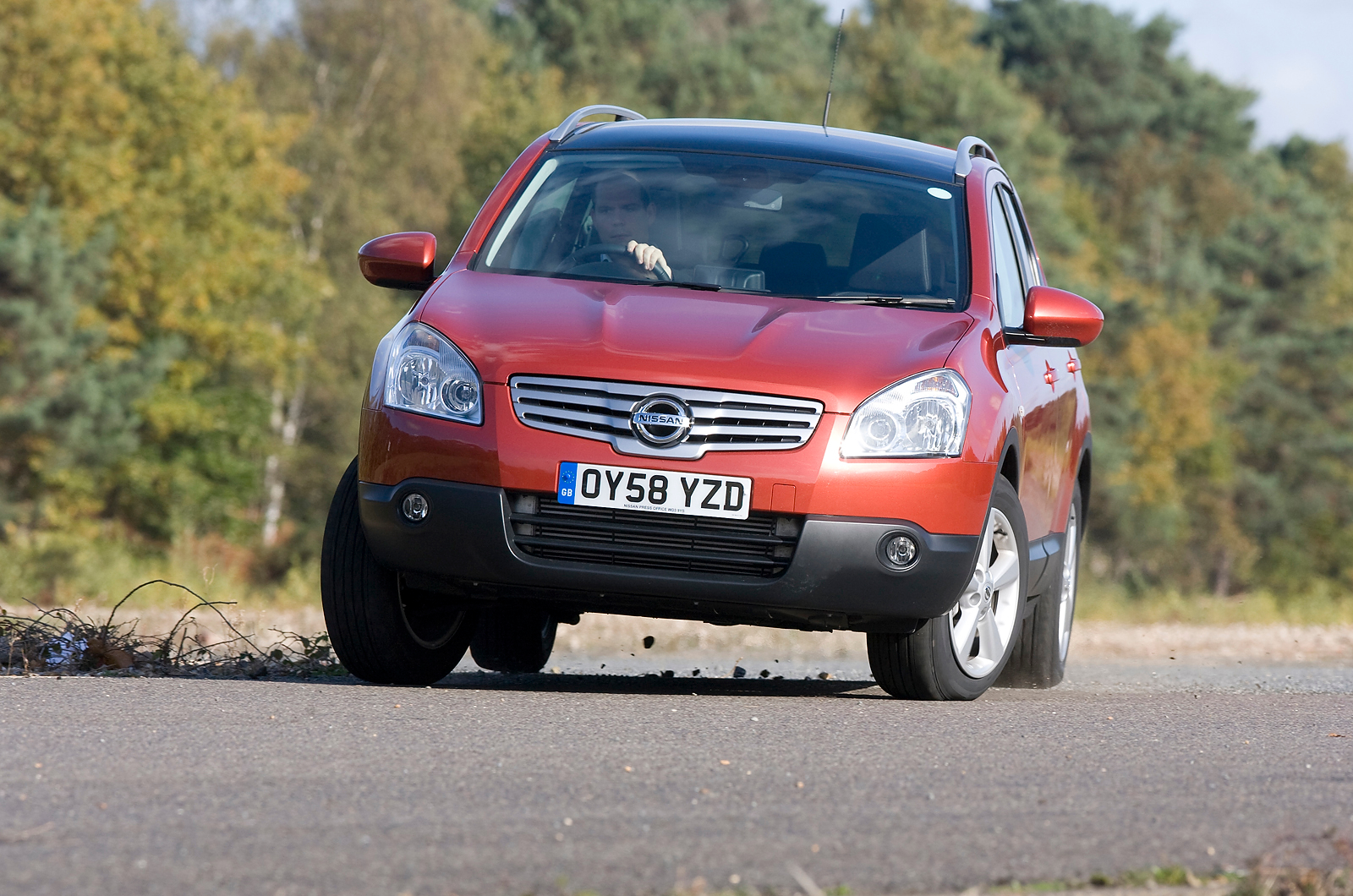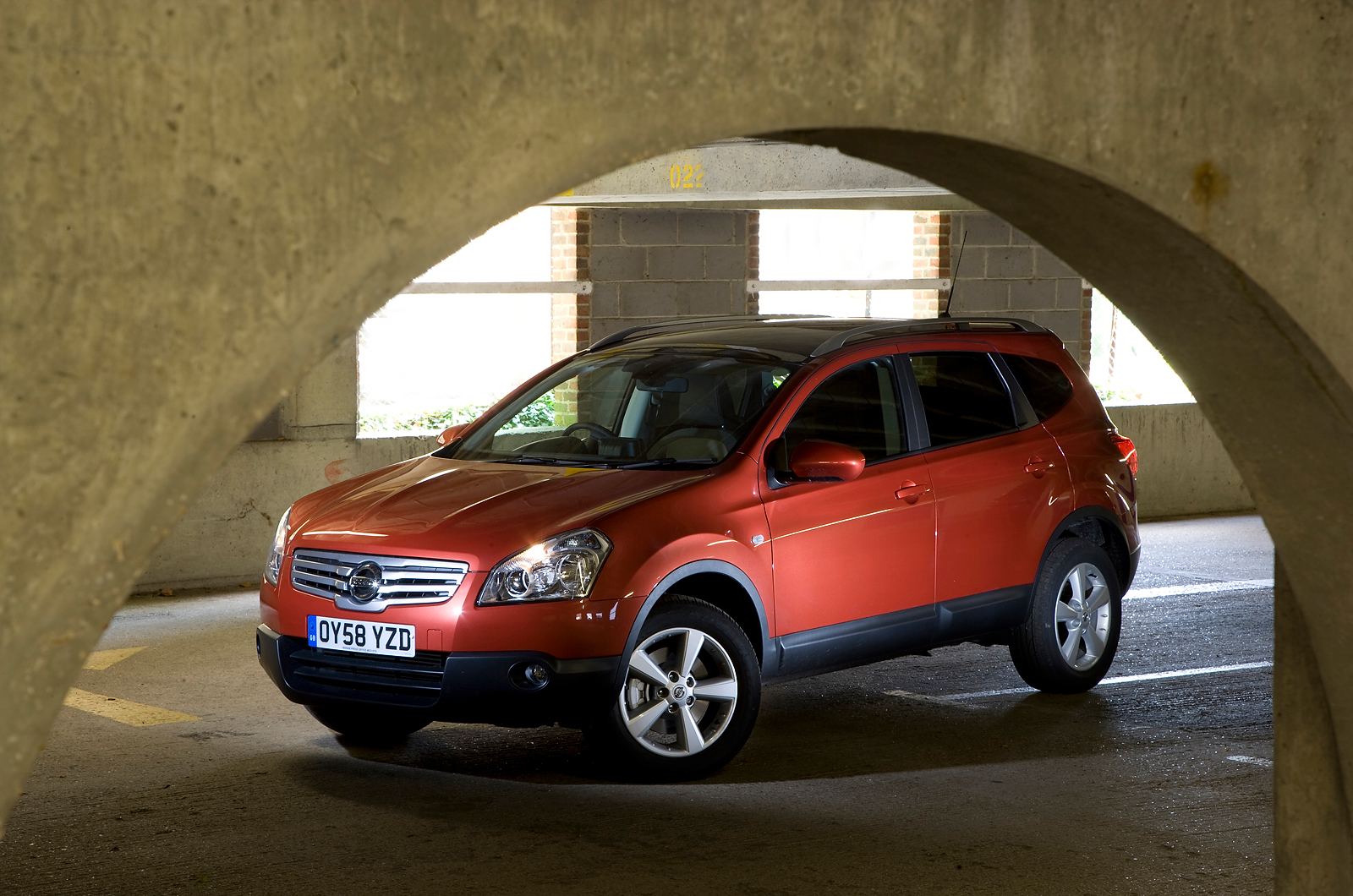It's not so easy to appreciate now, but when it first appeared back in 2007, this Nissan Qashqai was regarded as an 'extreme' example of a new trend in the car market.
At the time, car manufacturers were trying to find ways to be as flexible as possible with their models. Forced by the collapse of the traditional class structures to look at design in a whole new way, they found themselves being pushed, pulled and manipulated by their customers’ often opposing needs and desires, not to mention political pressure to produce cars with a foot in every camp.
The Nissan was at the forefront of the class of vehicles that we now call crossovers; vehicles that meld a high-riding driving position with the dimensions of a family hatch and smidgen of rugged, ready-for-anything attitude.
There's a inherent danger of trying to be all things to all motorists. Then, as now, any car that could truly master all these arts would clearly be something to behold. But the looming spectre of the jack of all trades is equally visible and perhaps the more likely outcome for a car trying to spread itself so thinly into so many different disciplines.
Can it be that the Qashqai really is all these things to all those people? Or is it really neither one thing or the other?



